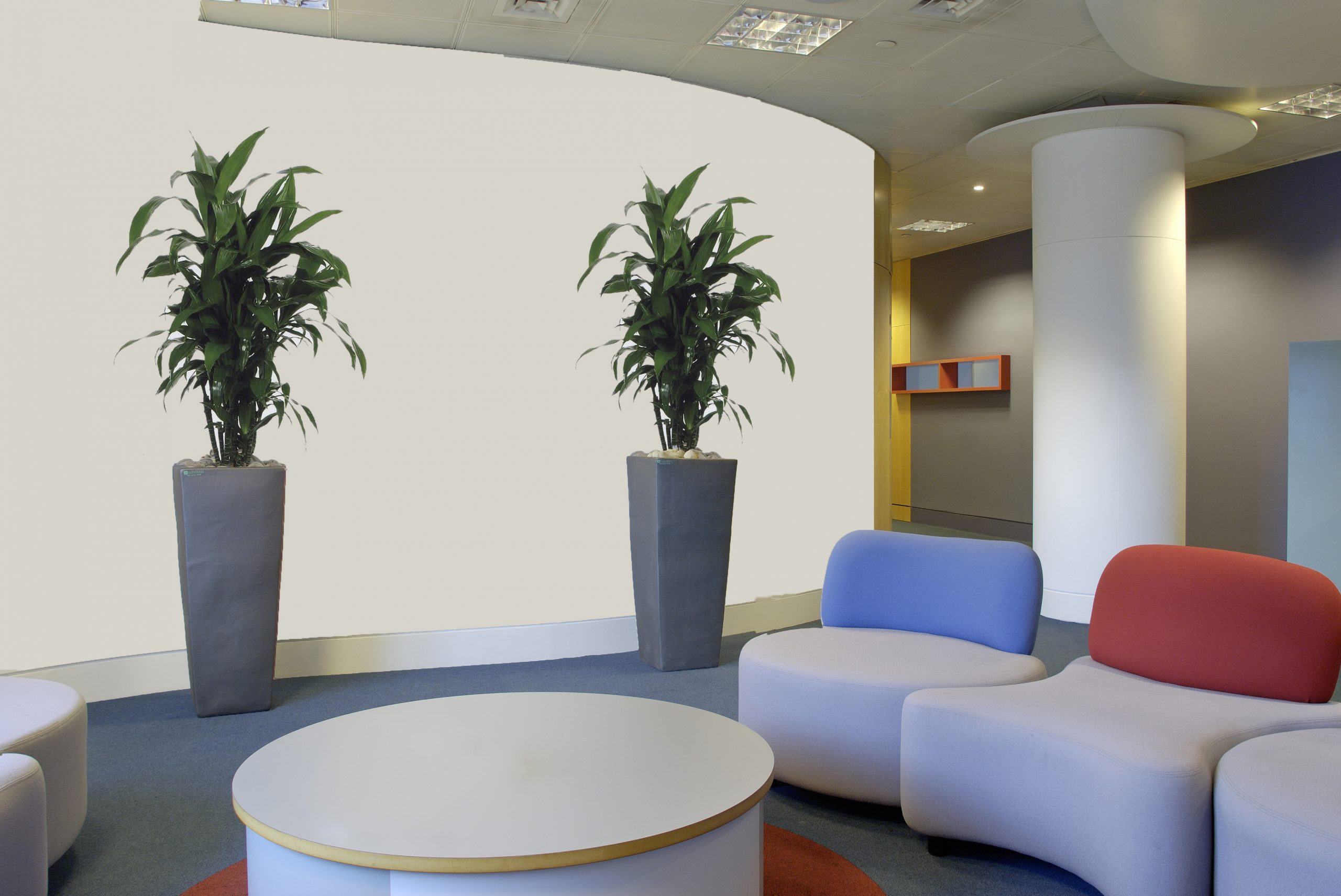
Plants are just one of many elements that can determine the quality of air in an office. Air quality is also influenced by other factors such air filtration systems, availability of fresh air, the layout of an office and number of people occupying it.
Within this article, we will detail the plants that have proven to be most effective whilst also explaining the science and other vital considerations to make.
Having a healthy pool of employees is critical to any well-run business and absence through illness can be costly. The Office for National Statistics found that minor illnesses, which excludes Coronavirus, accounted for over a quarter of all employee absences in 2020. These minor illnesses include coughs, cold and flu which are often caused by VOCs found in busy indoor spaces which hold a lot of recycled air.
The levels of indoor air pollutants are often 2 to 5 times higher than outdoor areas – US Environmental Protection Agency
VOCs (Volatile Organic Compounds) are harmful gasses that are emitted from everyday materials typically found indoors such as paints, disinfectants, air fresheners, and common office appliances like photocopiers and printers. Short term exposure to VOCs can cause eye, nose and throat irritation, headaches, nausea, vomiting and dizziness – with long term exposure potentially having more severe consequences such as liver or kidney damage and even cancer.
To minimise the occurrence of these illnesses within an office, plants can be used to help remove VOCs from the air whilst simultaneously making an office more aesthetically pleasing. Their effectiveness in purifying the air has been backed by various studies, most famously by NASA’s Clean Air Study in 1989.
What makes good air quality
“The average adult, when resting, inhales and exhales about 13kg of air per day. This compares with around 2kg of food and 3kg of fluids we consume yet health advice on breathing is dwarfed by the volume of guidance on what we should eat and drink.” BESA (Building Engineering Services Association)
Plants alone are not enough to regulate the quality of air in an office and there are a number of measures that should be taken to achieve cleaner air. We also recommend ensuring good standards of ventilation, reducing sources of pollution and using an indoor air quality (IAQ) monitor.
NASA Clean Air Study
To combat rising energy costs in the 1970s and 80s, offices were excessively insulated to keep buildings at an optimal temperature. The effect this would have on air quality and therefore the health of those working in offices like this, had not been accounted for leading to the condition that is now known as Sick Building Syndrome (SBS) being coined.
To avoid this happening in space, a 1989 NASA study tasked Dr B.C. Wolverton with finding plants that work best to remove harmful toxins from the air. The aim of the study was to be able to apply these findings in an enclosed environment in space, where there is no opportunity to open a window or use an air filtration system.
To determine this, several houseplants were monitored to see how well they remove toxins in a sealed chamber. NASA used houseplants as they wanted to test plants that were commonly used in everyday environments. The scientists placed these plants in chambers and pumped in harmful chemicals like ammonia, formaldehyde, xylene and toluene, trichloroethylene, and benzene.
After 24 hours they tested the air quality in each chamber and concluded that some plants were able to remove up to 90% of the harmful chemicals.
So which plants performed best?
Although every plant used in the study was able to remove at least two of the five VOC groups tested (benzene, formaldehyde, trichloroethylene, xylene and toluene, ammonia), the following plants were proven to be effective in removing four or more:
English ivy (Hedera Helix)
English ivy is a highly versatile plant native to Europe, western Asia and northern Africa. It can be confined to a small pot indoors or grown on a much larger scale to coat the exterior of a building with trellis panels. English Ivy was able to remove all VOC groups tested apart from ammonia making it one of the top performing plants in the study.
Peace lily (Spathiphyllum)
Originating from the tropical rainforests of Colombia and Venezuela, Peace Lily’s are known for their ability to fight harmful gasses like carbon monoxide and formaldehyde. They are helped by their large leaf surface to break down and neutralize complex chemicals cleansing the air. When healthy, elegant white flowers should bloom above a bed of lush green foliage.
Parlour palm (Chamaedorea elegans)
Parlour palms have been cultivated in the UK since the Victorian era when they were seen as a symbol of wealth and extravagance. The Parlour palm was one of just four plants from the study that was successful in removing all five VOC groups.
Lady palm (Rhapis excelsa)
The Lady palm was also able to remove all five VOC groups. It is a durable plant with a long lifespan under the correct conditions and does a great job of delivering a tropical look in a small space.
Snake plant (Sansevieria trifasciata laurentii)
Strong and robust, the snake plant makes for an ideal office plant. They release oxygen and add moisture to the air, which can alleviate the symptoms of occupational allergens found in an office environment. Of all the plants NASA used in the study, the snake plant had one of the best surface area to chemical removal ratios.
Red edged dracaena (Dracaena marginata)
Hailing from Madagascar, the Red-edged dracaena’s popularity in households soared as a result of its performance in NASA’s Clean Air study. Often referred to as a Dragon tree, its variegated leaves can add colour to any space.
Corn plant (Dracaena fragrans)
Named for its resemblance to a corn stalk, this tall and narrow plant makes a great statement piece as a floor plant or when used to complement entrances and doorways. In addition to its air purifying qualities, it can also tolerate areas of low light and is often found in room corners or hallways.
Janet Craig (Dracaena fragrans)
Janet Craig has the potential to grow to over 15ft tall but is normally smaller in when grown and pruned indoors. It was able to remove benzene, formaldehyde, trichloroethylene, xylene and toluene.
Warneckii (Draecaena Deremensis)
Warneckii plants are distinctive for their angled, sword-like leaves and can be used in any setting for dramatic effect. Warneckii was able to defend against four of the five VOC groups, scoring particularly highly on its ability to remove benzene.
“If man is to move into closed environments, on Earth or in space, he must take along nature’s life support system. Plants.” Dr. Wolverton.
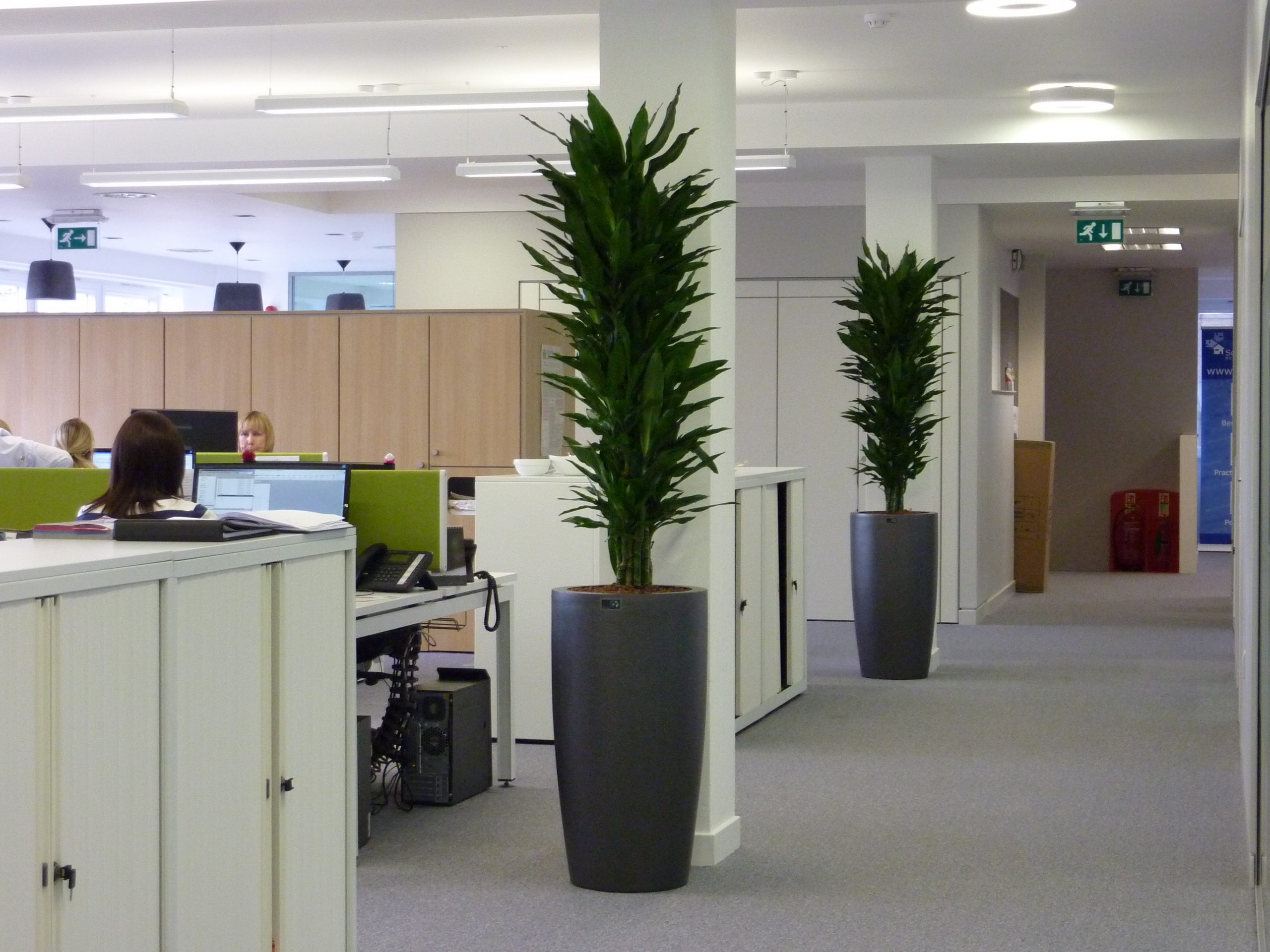

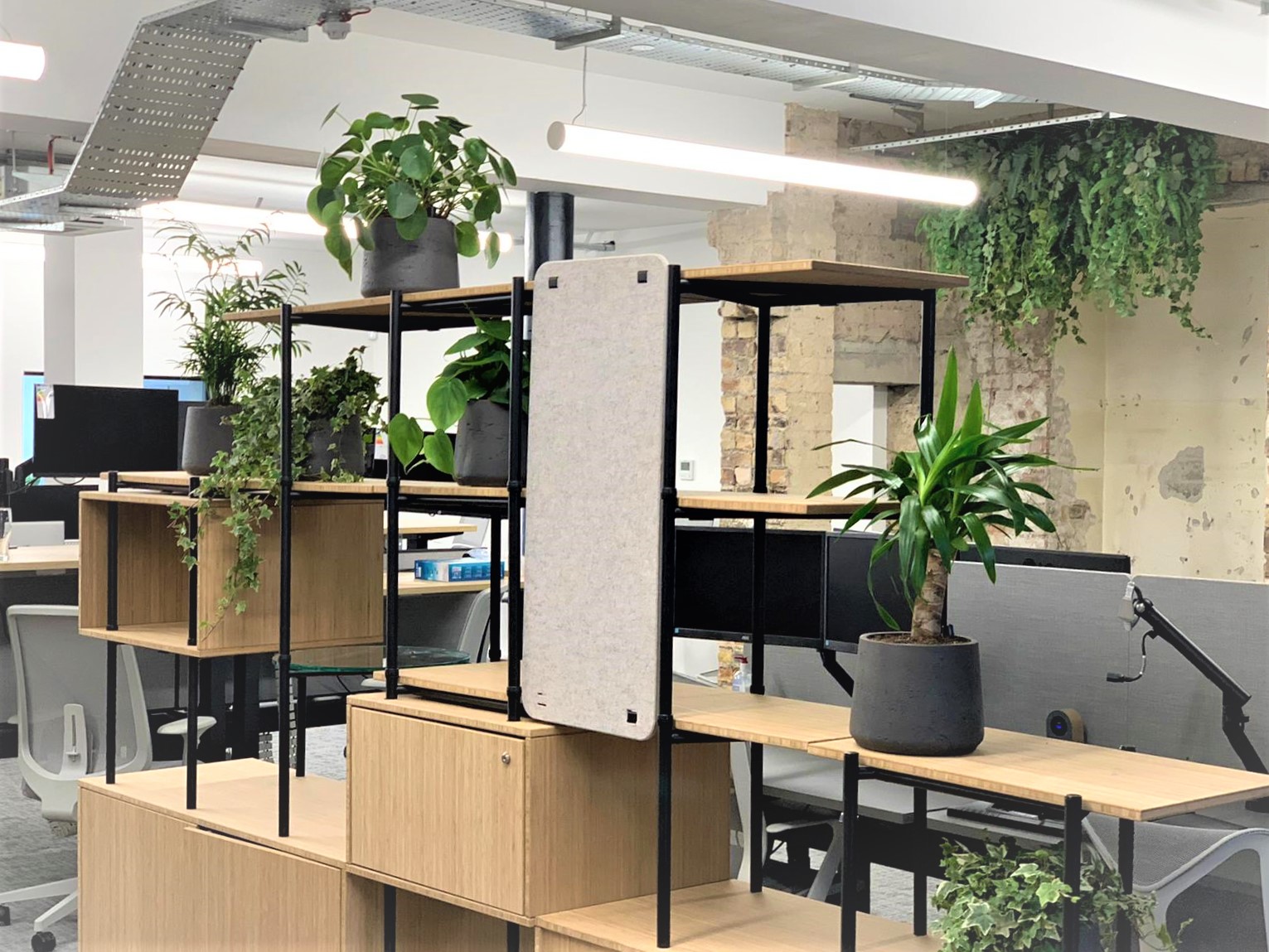
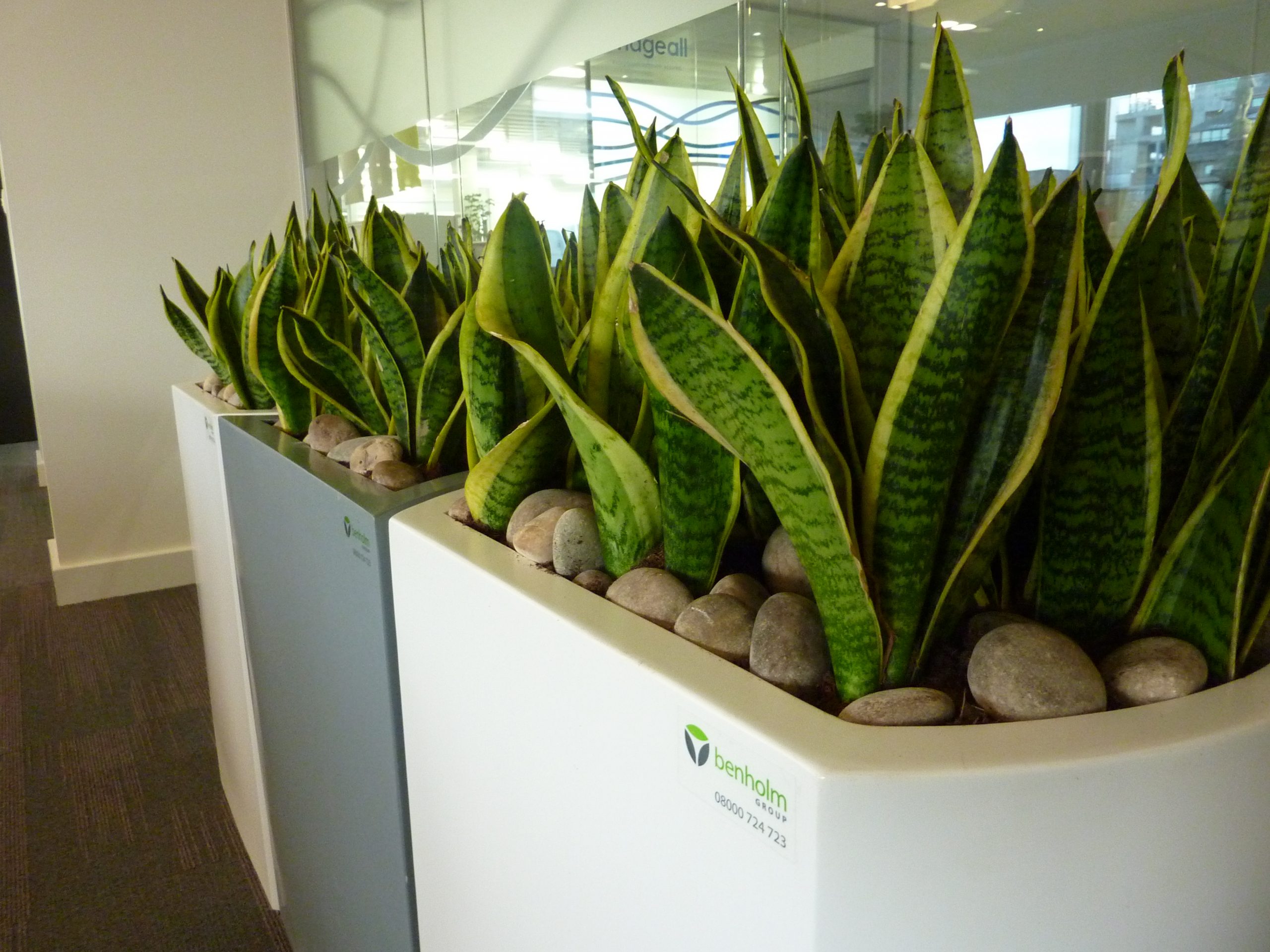
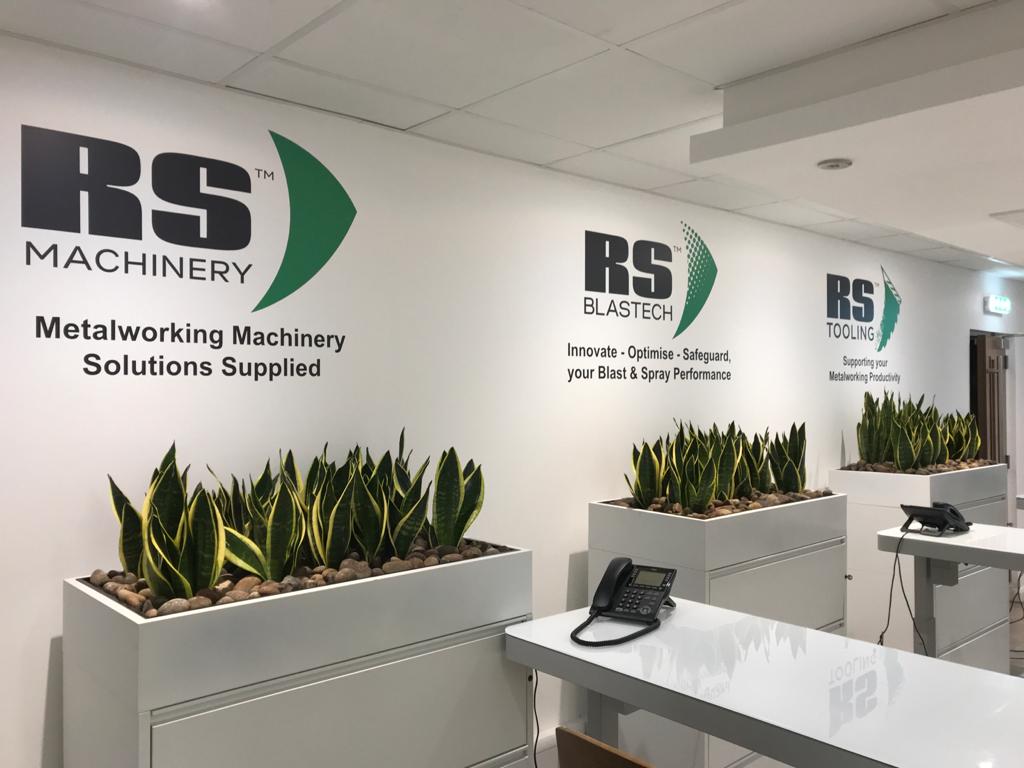
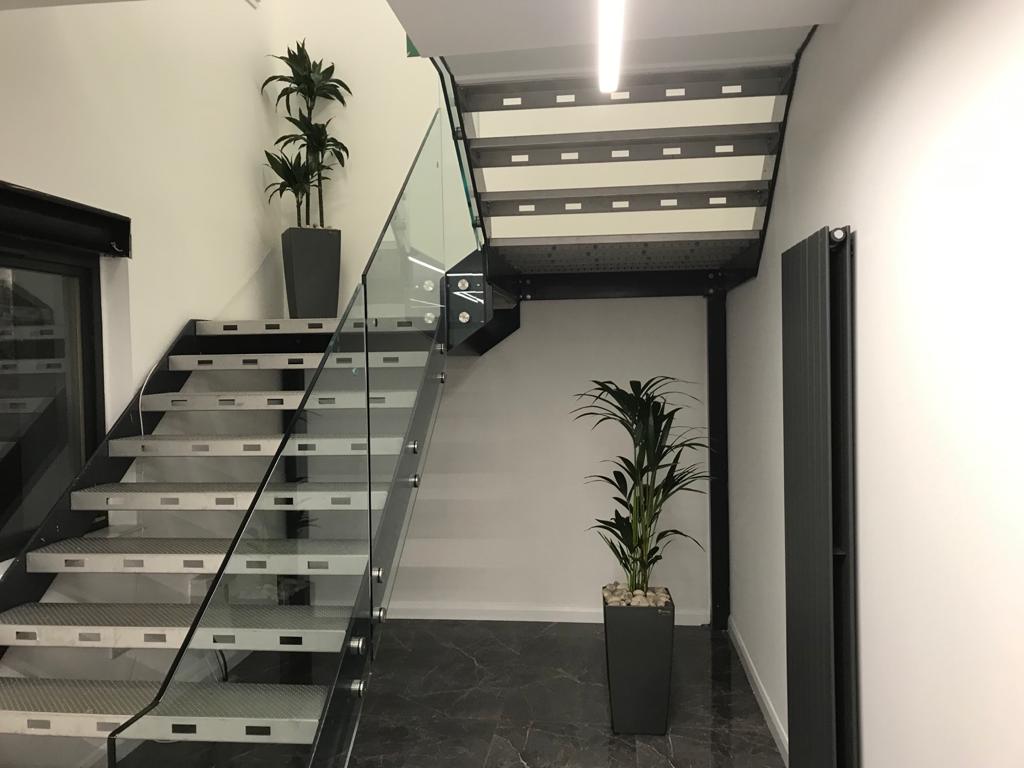
Selecting the right plant
Having no plants is better than having a dead or decaying plant.
Providing they are healthy and well maintained, all plants will purify the air to some extent. They do this by taking harmful gasses out of the atmosphere and sequestering them in their roots and cells. Some of these chemicals are broken down by fungi in the soil and others are stored in the plant.
Plants with a larger leaf surface will generally do a better job of eliminating harmful gasses from the air than those with small leaves, and the volume of plants used will make a difference.
The most important part of using any plant to improve air quality is making sure that it is well maintained and able to thrive in its setting. We can assist with this, providing creative solutions to maximise the potential of your space and a full maintenance service that ensures our plants stay vibrant all year round.
For more information about office plants: www.benholm.com/corporate
To chat with a member of our team or obtain a free quotation, call us today on 01324 861300
